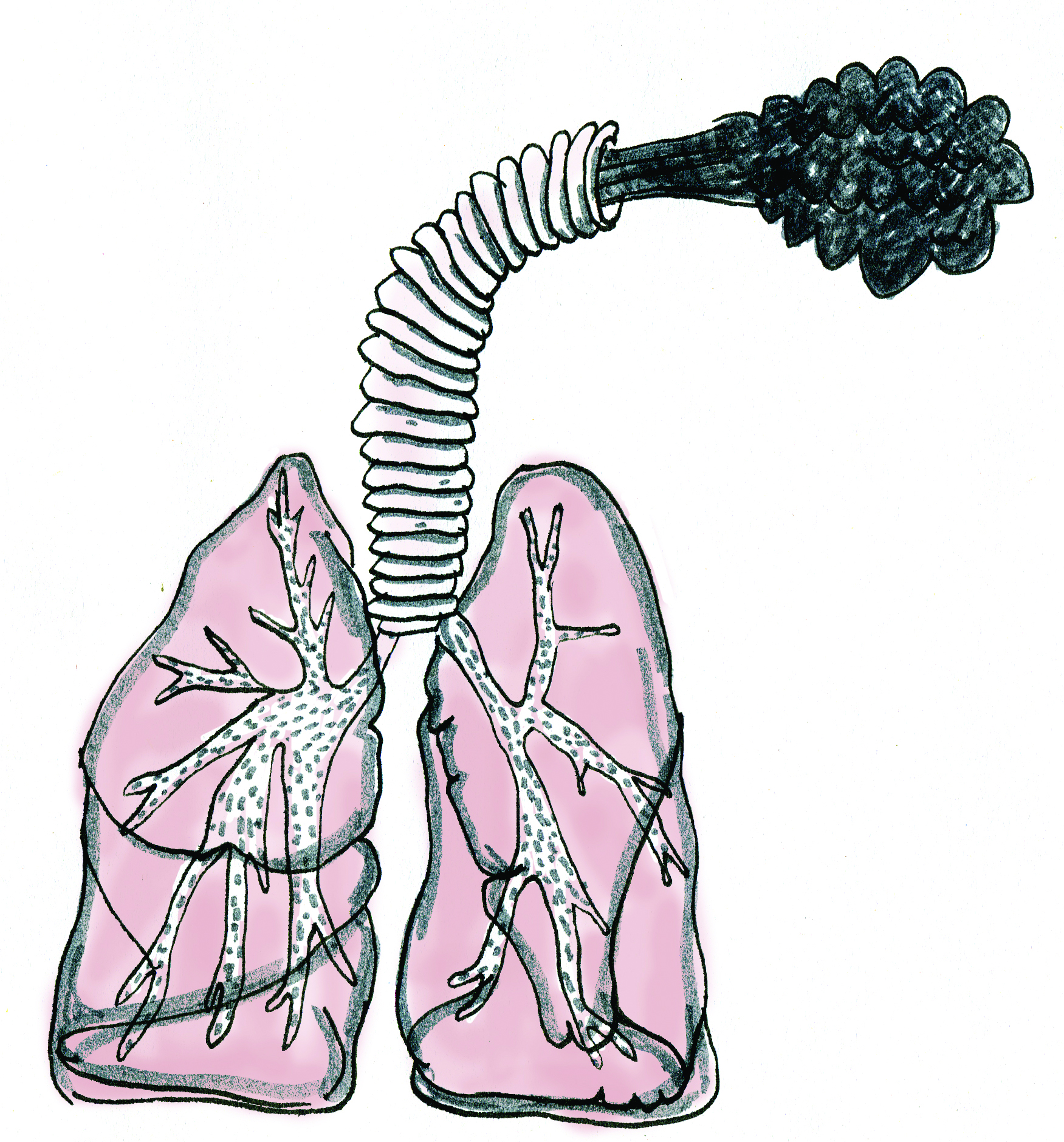The second spring flood outlook report issued this season by the Hydrologic Forecast Centre of Manitoba Infrastructure and Transportation was released at the beginning of March. The report predicts more severe flooding than was suggested in the preliminary report, released in February. Forecasters from the provincial government have accordingly adjusted the flood risk from “minor to moderate” to “moderate to major.”
In particular, the increased flooding is expected along the Red and Assiniboine rivers, as well as the Souris, Pembina, Saskatchewan, and Qu’Appelle rivers. The Interlake region is also likely to be affected.
Maps released by the provincial government reveal a “belt of above normal snow water content,” stretching along most of the southern prairies.
Increased snowfall throughout March, low temperatures causing frost to remain in the ground, and “above-average snowpack with high water content” in many parts of the province have contributed to the higher risk of flooding. The outlook is said to be similar to that recorded during the spring of 2009 in the Red River Valley.
Despite the evidence, the province is careful to point out that the forecast may still be subject to change in the coming weeks.
“While all these factors have increased the risk of flooding to moderate to major, conditions can change quickly and the outlook is still very dependent on weather conditions from now until the spring melt,” said the province in a recent statement.
University of Manitoba civil engineering professor Tricia Stadnyk recently spoke with the Manitoban about the impact flooding is likely to have for Manitobans both in major cities and rural areas.
Stadnyk said that the flooding is likely to have the same impact as is expected year-to-year in the province’s biggest cities. It is unlikely that flooding will exceed that of 2009 for Winnipeg or 2011 for Brandon.
Rural areas, on the other hand, will be at a greater risk for damage. Stadnyk pointed out, though, that small towns are usually well-prepared for impending floods.
“Smaller towns are always more at risk due to the fact that they don’t have large flood protection infrastructure, such as the floodway, reservoirs, and diversions.”
“With that being said, most towns in Manitoba are used to annual flooding and will protect vulnerable properties using dikes and sandbags as they would in any year,” said Stadnyk.
Lake Winnipeg is likely to feel the impact of the spring run-off this year as snow that was accumulating in the lake’s watershed over the course of the winter melts and makes its way toward streams.
“[Snow melt and spring run-off] will always have an impact on water quality – the majority of the nutrient loading to Lake Winnipeg occurs during spring run-off,” Stadnyk told the Manitoban.
“The rise in eutrophication of Lake Winnipeg since the 1990s has been attributed to the increase in frequency and severity of spring flood events during that time period,” she added, citing a paper by McCullough et al. in the Journal of Great Lakes Research.
Luckily, flooding this year is not expected to inflict much economic damage on the City of Winnipeg, nor the province. Stadnyk predicts that the city and provincial budgets allocated to flood management will be adequate to manage potential damages.
Furthermore, Manitoba’s flood infrastructure is considered to be top-notch.
According to Stadnyk, the City of Fargo is in the midst of the political process to implement US $2 billion of flood protection infrastructure similar to that used by Winnipeg.
Additionally, Australia recently sent government officials to Winnipeg to learn about managing flood protection efforts.
“I think we are well-prepared to deal with flooding and that is attributed to the vision and forward thinking of our flood officials at the city and province,” concluded Stadnyk.
Although Manitoba is considered to be well-protected against potential disasters this year, emergency equipment is nevertheless prepared and ready to be deployed, says the province. This includes over two million sandbags, as well as many sandbagging machines, water pumps, and heavy-duty steamers, amongst other equipment.




